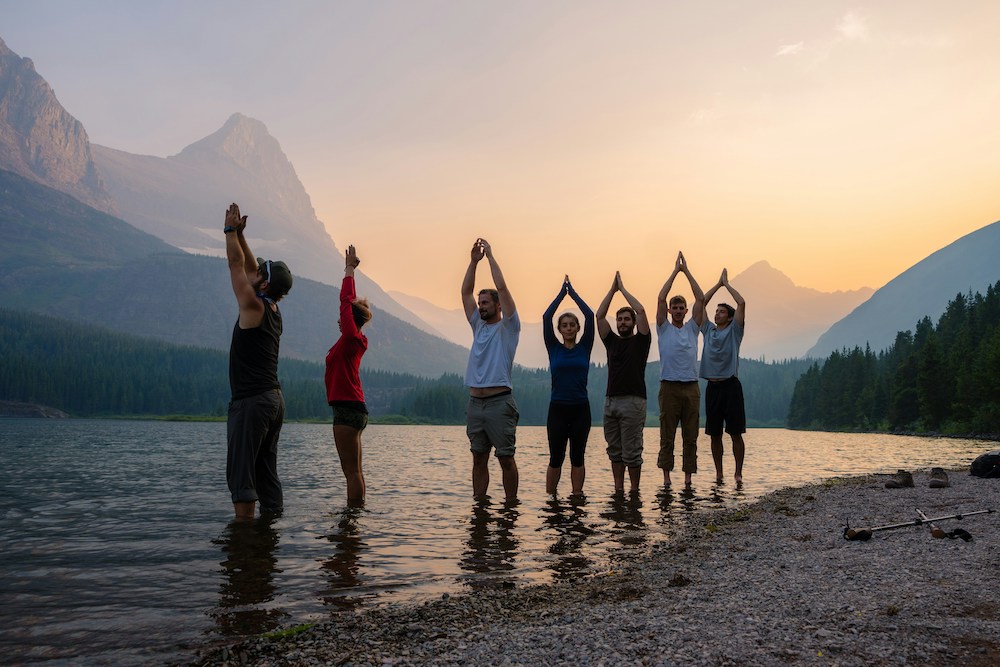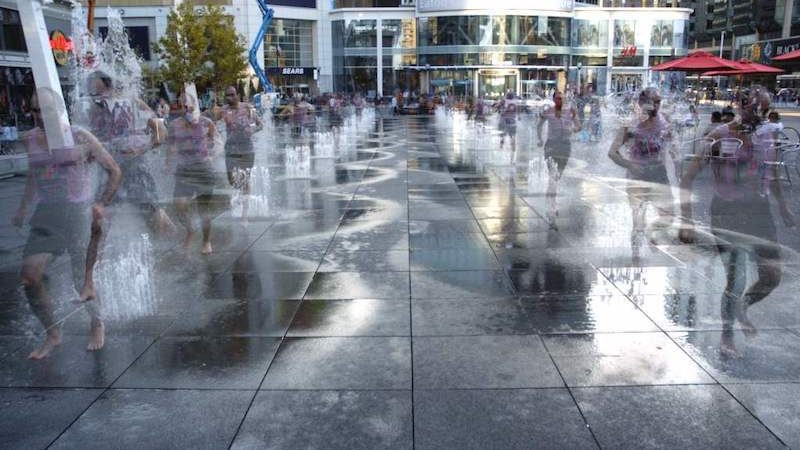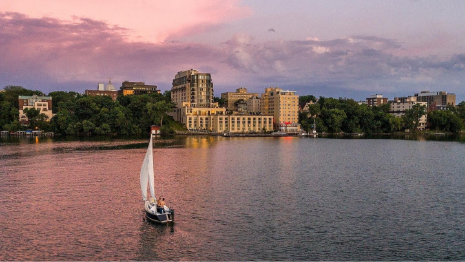Mental and physical wellness: Here’s how to keep attendees healthy and alert at meetings
While Americans have a longer life expectancy than ever before — 78.7 years, according to the Centers for Disease Control and Prevention (CDC) — 11.5 percent of Americans suffer from heart disease, and obesity rates for the past 20 years have increased dramatically and remain high. More than one-third of adults (35.7 percent) are considered obese.
The COVID-19 pandemic has also had a significant lasting impact on the mental wellness of employees. A study by the American Psychological Association (APA) found that 42% of employees reported feeling more stressed at work. Additionally, 35% of employees reported feeling more anxious at work, and 31% reported feeling more depressed at work.
Add in the pressure of a long flight and you get a lot of attendees showing up physically and emotionally drained before the meeting even starts. Here’s how to help them decompress so they can get the most out of your event.
Lost in Space
In the past, the meeting space at hotels and resorts was referred to as the “box.” A bare bones room is one of the easiest ways to lose the attention of attendees. The environment can play a big role in the success of an event.
- Book a room that is large enough for all participants to comfortably sit and work. Theater style seating is sometimes necessary for large groups, but attendees will remain more engaged if there is enough space to put tables between each row to make it classroom style. Banquet style seating also will make it easier for the attendees to collaborate in smaller groups.
- The room should also have good lighting and ventilation. Indirect lighting from design elements such as wall sconces can make a room more inviting to attendees and keep them alert.
- Quiet rooms and mental health first aiders can be used at events to help attendees who are feeling overwhelmed, stressed, or anxious. Quiet rooms provide a private space where attendees can relax, de-stress, or take a break from the noise and distractions of the meeting. They are useful at trade shows and annual association meetings, which can be hectic.
- Combining quiet rooms with mental health first aiders can be especially effective. Mental health first aiders are trained to provide support to attendees who are experiencing mental health challenges. They can offer a listening ear, provide information and resources, or connect attendees with professional help.
Feed Their Minds and Their Stomachs
Serving junk food during breaks and heavy dishes at meal functions can leave attendees feeling sluggish — especially during afternoon sessions. The best types of food and beverage to serve to attendees at meetings are those that are healthy, appealing, and easy to eat. Here are a few suggestions:
- Fruit and vegetables: These are always a healthy and refreshing choice. You can offer a variety of fruits and vegetables, such as apples, oranges, grapes, celery, carrots, and cucumbers.
- Whole-grain snacks: These are a good source of energy and fiber. You can offer whole-grain crackers, pretzels, cereal bars, and popcorn.
- Lighter fare: If you’re serving a meal, opt for lighter fare such as salads, sandwiches, or wraps. Avoid heavy or greasy foods that will make people feel sluggish.
- Non-alcoholic beverages: Offer a variety of non-alcoholic beverages, such as water, coffee, tea, and juice. Avoid sugary drinks and sodas.
It’s also important to consider the dietary restrictions of your attendees. If you know that some of your attendees have allergies or dietary restrictions, be sure to provide options that they can eat.
- Get creative: There are many ways to make healthy food and beverage appealing. You can offer fruit kabobs, veggie trays, or fruit smoothies.
- Get feedback: Ask your attendees what they liked and didn’t like about the food and beverage. This will help you improve your selections for future meetings.
Attendee Care
Being aware of personal wellness is a trend that has spread throughout mainstream culture and it is also top of mind for many participants. SRI, a nonprofit research institute, estimates that wellness tourism now accounts for approximately 14 percent of global tourism, and in the U.S., wellness offerings like yoga, healthful menus, and state-of-the-art fitness centers are expected among many travelers.
In the meetings and events segment there is steady growth in the demand for wellness programs. That demand is coming from two directions. Human resources departments are taking a long-term view of ways to impact employee wellness and lower expenditures on healthcare costs. In response to that spa facilities at resorts are focusing more broadly on long-term health and well-being in addition to one-time pampering.
Millennials are also driving a trend toward wellness travel which gives incentive recipients a chance to improve their health while attending an event. Be mindful of the meeting’s schedule. If the meeting is long, you may want to schedule breaks every 90 minutes or so. This will give participants a chance to stretch, move around, and get outside of the meeting room to relax a little. Also encourage participants to take advantage of the hotel’s amenities, such as the fitness center, pool, or spa. These amenities can help to reduce stress and improve overall wellbeing.
Offering complimentary health assessments at your meeting, such as tests for blood pressure and calculating body mass index is an effective way to educating attendees about their personal health. Healthcare providers and vendors, or lab specialists such as Quest Diagnostics, can offer you the resources and logistical help to carry out on-site health assessments. Many hotel spas also offer health assessments programs.
Keep Them Active
Activities like golf are a way for attendees to relax, unwind and get to know each other in an environment very different from a meeting room. These activities encourage incremental collaboration and discussion and can offer attendees a transformative form of networking.
When meeting attendees have some free time during a conference or event, they might also consider taking a bike ride through the destination. Thanks to the creativity and green practices of a number of properties, as well as new citywide bike share programs, groups have a growing number of ways to experience their destination on two wheels. Early-morning fun runs have long been an activity option at meetings, conferences and trade shows. But you can mix it up by offering other rejuvenating activities such as yoga classes. If the event venue is surrounded by nature, the therapeutic benefit of a nature stroll can be extremely powerful. For city-based properties, a nearby park can fit the bill.
Lastly, end the meeting on a positive note. This will help participants to leave the meeting feeling refreshed and motivated.
Any thoughts, opinions, or news? Please share them with me at vince@meetingsevents.com.
Photo by Cole Allen on Unsplash







